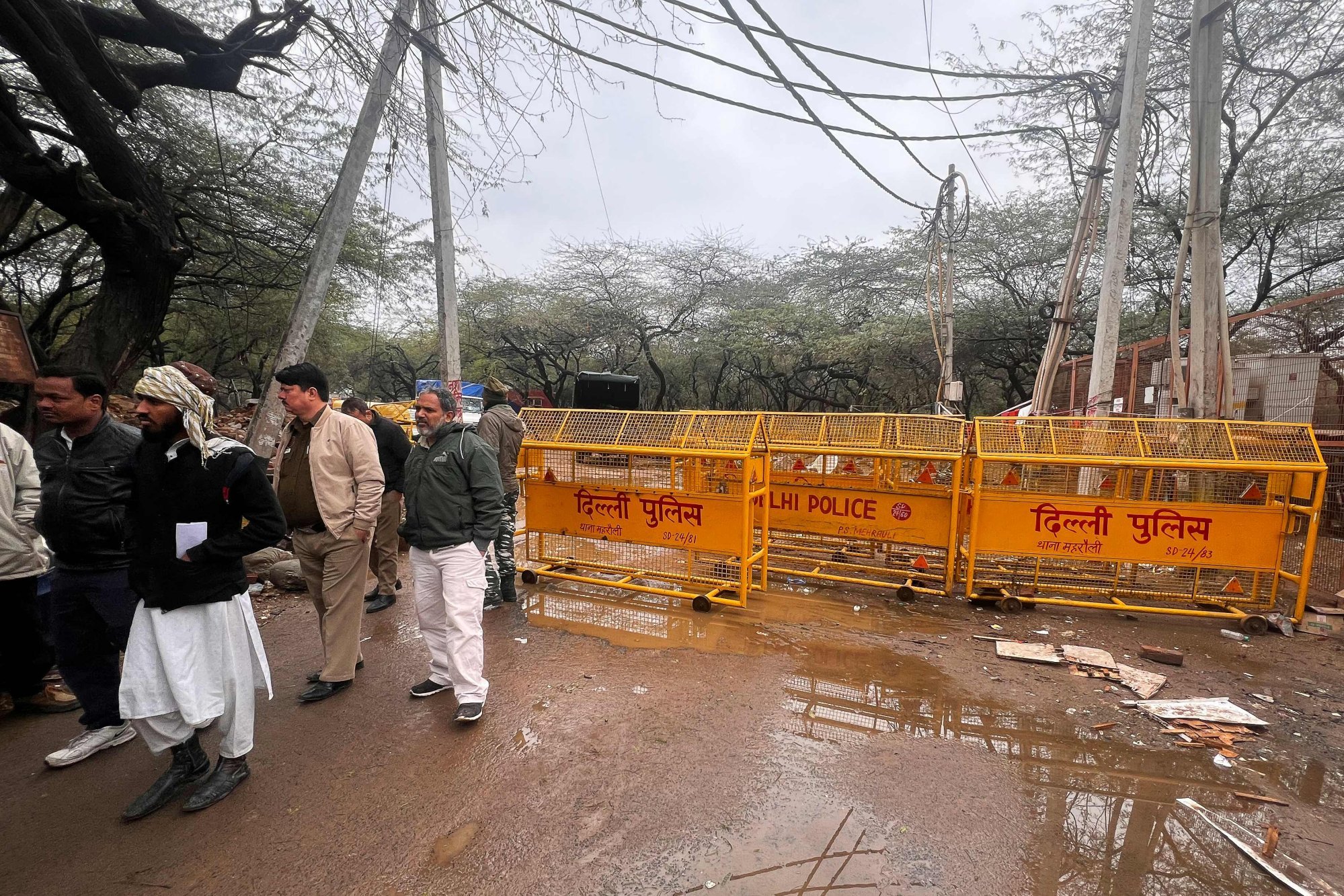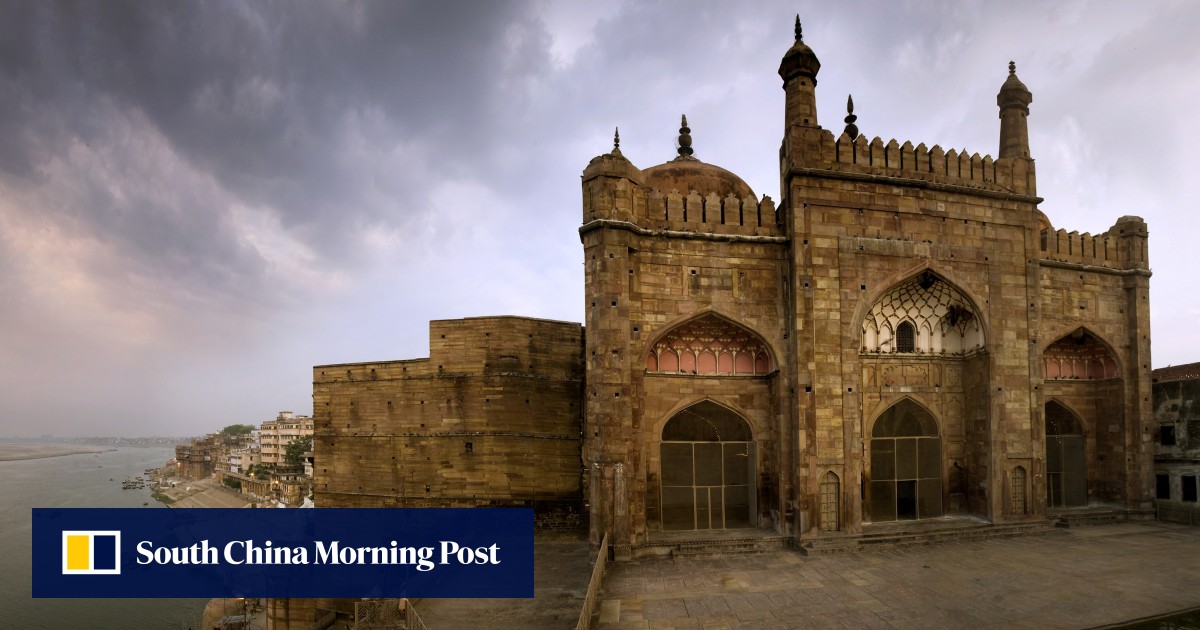“This is concerning and a bit of an epidemic as regularly there are reports that say that national monuments have disappeared,” said New Delhi-based historian Ruchika Sharma. ASI has typically cited reasons such as urbanisation for the loss of landmarks, Sharma said.
Among the ancient sites that had disappeared according to ASI were the Kos Minar, a medieval milestone in Haryana state; the Guns of Emperor Sher Shah in Tinsukia town; the Telia Nala Buddhist site in the city of Varanasi; and the Barakhamba Monument, a 14th-century tomb building in Delhi.
Divay Gupta, a Delhi-based conservation architect, said: “Unfortunately, the government is now even de-notifying them so that they will no longer be classified as monuments of national importance.”
The structures could have disappeared due to factors including insufficient funds and staff at ASI, outdated conservation methods, poor heritage management and a lack of connection between the monuments and local communities, Gupta said.

ASI’s mandate covers monuments or sites that are more than 100 years old and considered to be of national importance such as palaces, forts, cemeteries and ancient inscriptions. State governments also oversee the protection of certain historical monuments not covered by ASI.
In many cities such as Delhi, there are laws to protect heritage buildings and prevent structural changes to them without official permission. The disparity, however, between protected and non-protected monuments is huge. For instance, while there are more than 700 notified heritage sites in Delhi, only 174 are protected by ASI.
India’s population surge in recent years has fuelled demand for new buildings and infrastructure, leading developers to encroach on heritage sites or even demolish them, according to heritage experts.
Many monuments have been destroyed during road widening and the building of highways or had their structures torn down by residents who used the rubble as building materials.
In India, Hindu caretaker of a mosque says: ‘It’s one God for everyone’
In India, Hindu caretaker of a mosque says: ‘It’s one God for everyone’
Government budgets for the upkeep of monuments are too small for the number of sites they have to manage and protect, heritage experts say. Most of the funds are allocated to monuments that are major tourist attractions while the overwhelming majority of the other sites do not require an entry fee.
“Many protected monuments have no guards. The problem is not a lack of funds but the way the funds are allocated. ASI puts a lot of guards on a big ticket site like the Qutab Minar but monuments that are barely known to tourists have no guards,” Sharma said.
A lack of coordination between local governments and ASI is a key reason for the loss of monuments. For instance, the land occupied by the Mughal-era Kos Minars guard towers in Haryana was sold by the state authorities to developers as they were not aware of the site’s protected status, according to Sharma.

In other instances, local authorities were directly responsible for the demolition of monuments, Sharma said, citing the 600-year-old Akhondji Mosque in Mehrauli, a neighbourhood in Delhi. On January 30, the Delhi Development Authority (DDA) razed the mosque and a madrasa, describing them as “illegal structures”. The following day, the Delhi High Court ordered the DDA to explain its reasons for the mosque’s demolition.
Indian historian and author Swapna Liddle said there was a need for better planning for monument protection alongside urban development and closer coordination between architects, historians and archaeologists.
“Monuments that are protected are cheek by jowl with unauthorised structures. ASI is also de-notifying monuments under its protection and we don’t know their fate in the future,” Liddle said.
While Sharma lamented the destruction of Akhondji Mosque, she said there was a valuable lesson from the saga as the site was previously well managed and cared for by the local community.
“Many historical mosques in the country are community-managed and this would help ASI. It’s a good heritage preservation model,” she added.

